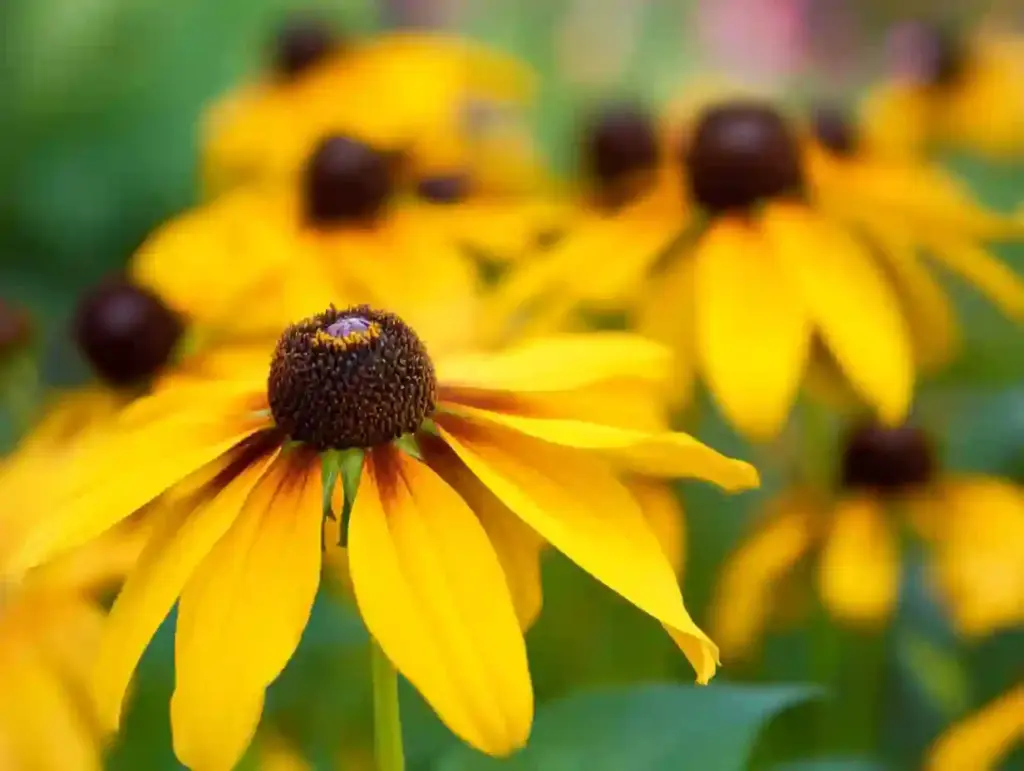Dreaming of a garden that stays colorful from spring through fall? You’re not alone. Every gardener wants a space that looks vibrant and alive without the constant need to replant. The secret? Choosing long-lasting flowers that bloom for months and thrive with minimal fuss.
Whether you’re a beginner planting your first bed or a seasoned green thumb refining your floral palette, selecting resilient, long-blooming plants is a game-changer. These flowers not only add enduring beauty but also attract pollinators, stand up to changing weather, and save you time on upkeep.
In this guide, you’ll discover 7 powerhouse blooms—from cheerful Black-Eyed Susans to aromatic Lavender—that bring nonstop color and charm to any garden. Plus, we’ll share basic care tips to help each one thrive in your space.
Table of Contents
Must-Have Long-Lasting Flowers & How to Care for Them
Here are 7 standout flowers that bloom for months, handle varying weather, and bring stunning color and pollinators to your garden.
🌼 1. Black-Eyed Susan (Rudbeckia hirta)
Why You’ll Love It:
These sunny yellow flowers with dark centers bloom from midsummer into fall. Hardy, cheerful, and low-maintenance, they’re a classic for a reason.
Care Tips:
- ☀️ Sun: Full sun
- 💧 Water: Moderate, let soil dry slightly between waterings
- 🌱 Soil: Well-draining sandy or loamy soil
- ✂️ Extra: Deadhead regularly to keep flowers coming
🌸 2. Coneflower (Echinacea)
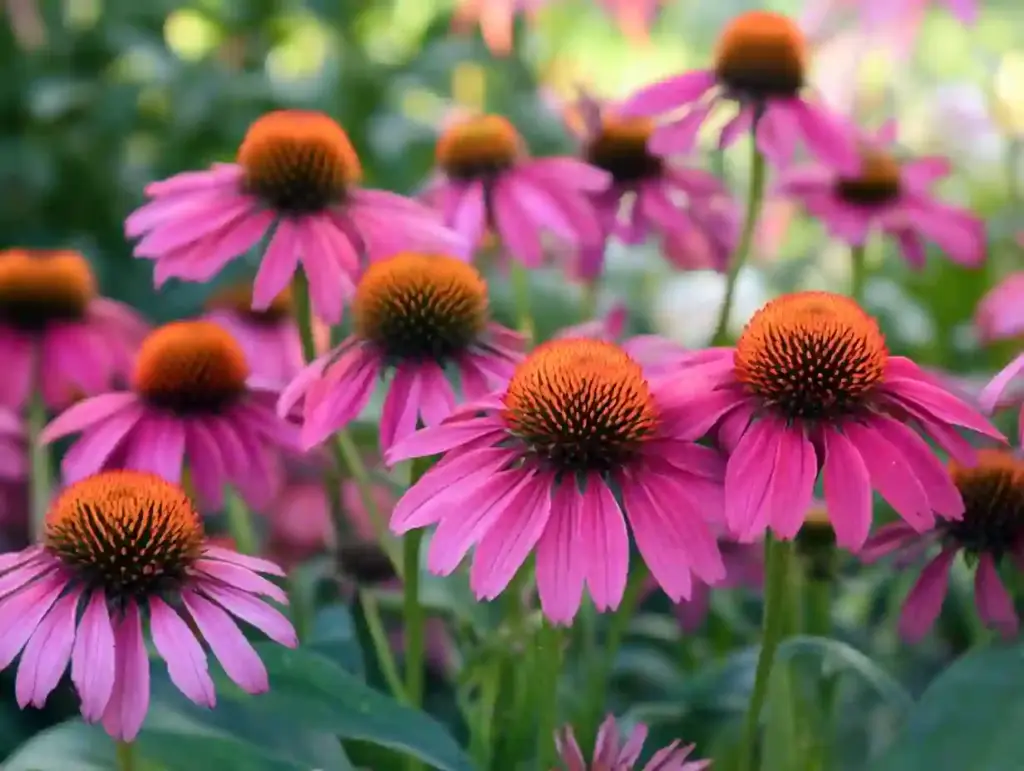
Why You’ll Love It:
A pollinator magnet, coneflowers bloom from early summer through fall. Their upright blooms come in purple, pink, white, and yellow.
Care Tips:
- ☀️ Sun: Full sun to part shade
- 💧 Water: Low to moderate; drought-tolerant
- 🌱 Soil: Tolerates poor, well-drained soil
- ✂️ Extra: Deadhead spent blooms for bonus flowers
🌺 3. Daylilies (Hemerocallis)
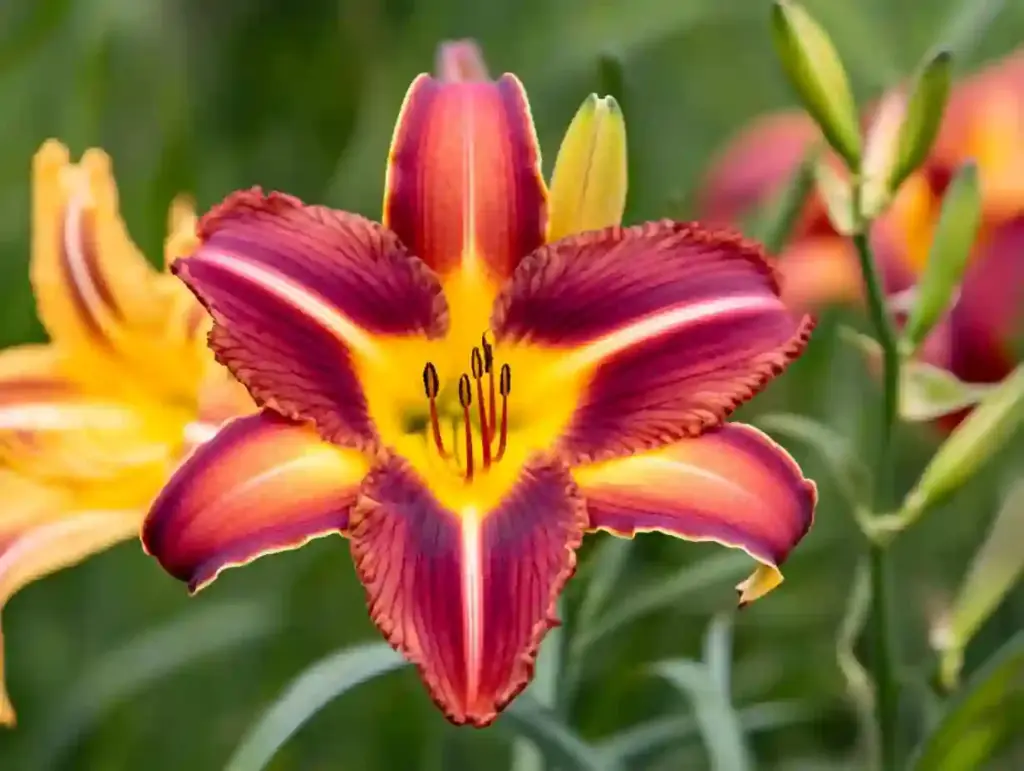
Why You’ll Love It:
Each bloom lasts just a day, but the sheer number of buds means weeks (even months) of color. They’re perfect for a relaxed, cottage-garden vibe.
Care Tips:
- ☀️ Sun: Full sun to light shade
- 💧 Water: Moderate; keep soil evenly moist
- 🌱 Soil: Fertile, well-drained soil
- ✂️ Extra: Divide clumps every 3–5 years to keep them thriving
🌸 4. Geraniums (Pelargonium)
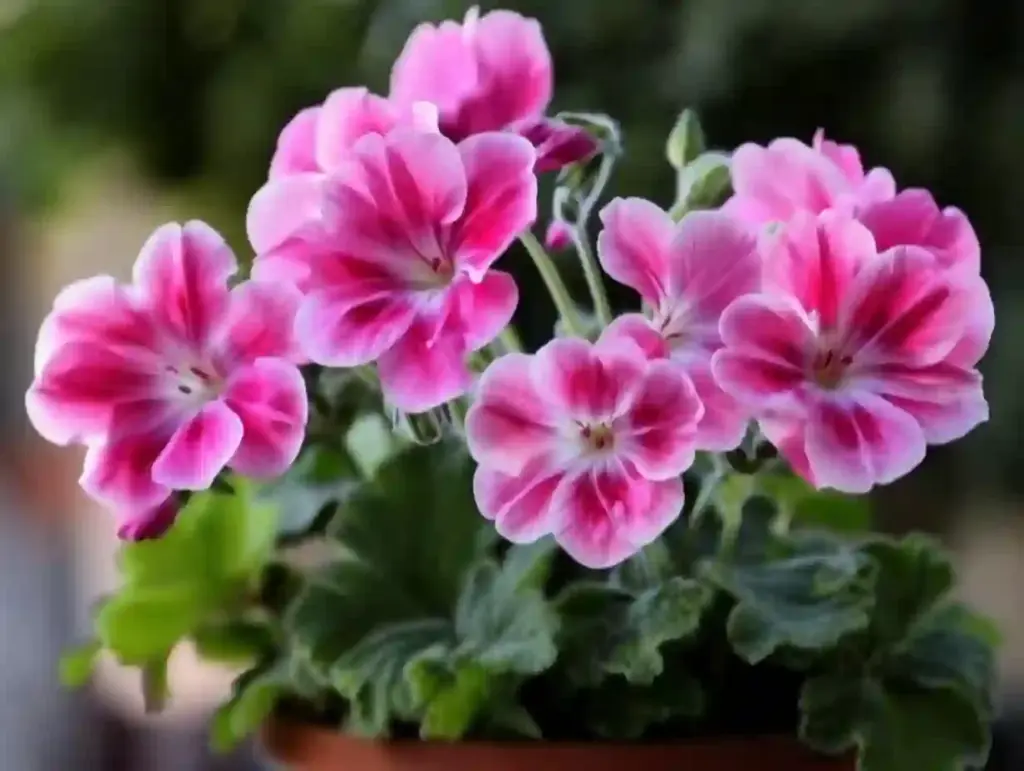
Why You’ll Love It:
These aren’t just container darlings—they thrive in beds too! Geraniums bloom from spring to frost in a rainbow of colors.
Care Tips:
- ☀️ Sun: Full sun
- 💧 Water: Moderate, allow topsoil to dry out
- 🌱 Soil: Well-drained, slightly acidic
- ✂️ Extra: Snip off spent blooms to keep them going
💜 5. Lavender (Lavandula)
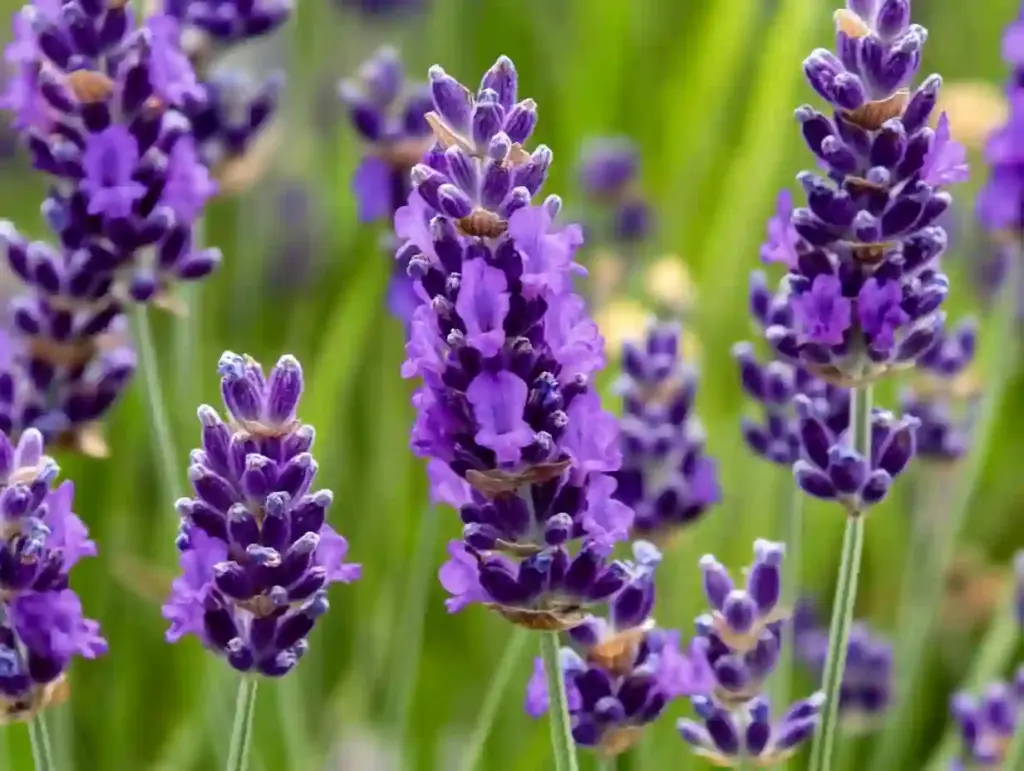
Why You’ll Love It:
More than just pretty—lavender brings calming scent, color, and pollinator appeal. Plus, it loves heat and sun.
Care Tips:
- ☀️ Sun: Full sun
- 💧 Water: Low; drought-tolerant once established
- 🌱 Soil: Sandy or gravelly, well-drained
- ✂️ Extra: Prune after bloom to encourage bushier growth
🌻 6. Coreopsis (Coreopsis spp.)
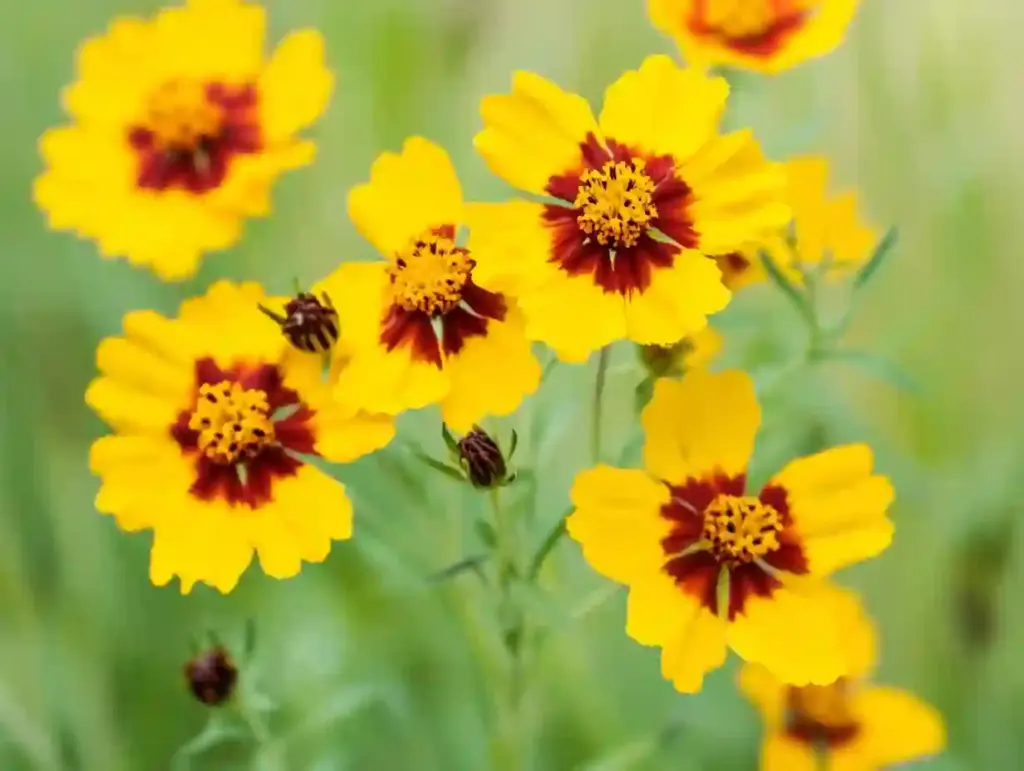
Why You’ll Love It:
This daisy-like perennial explodes in blooms from early summer to fall. It’s tough, colorful, and a butterfly favorite.
Care Tips:
- ☀️ Sun: Full sun
- 💧 Water: Moderate, drought-tolerant
- 🌱 Soil: Well-drained
- ✂️ Extra: Deadhead to keep the bloom cycle rolling
🌿 7. Sedum (Sedum spp.)
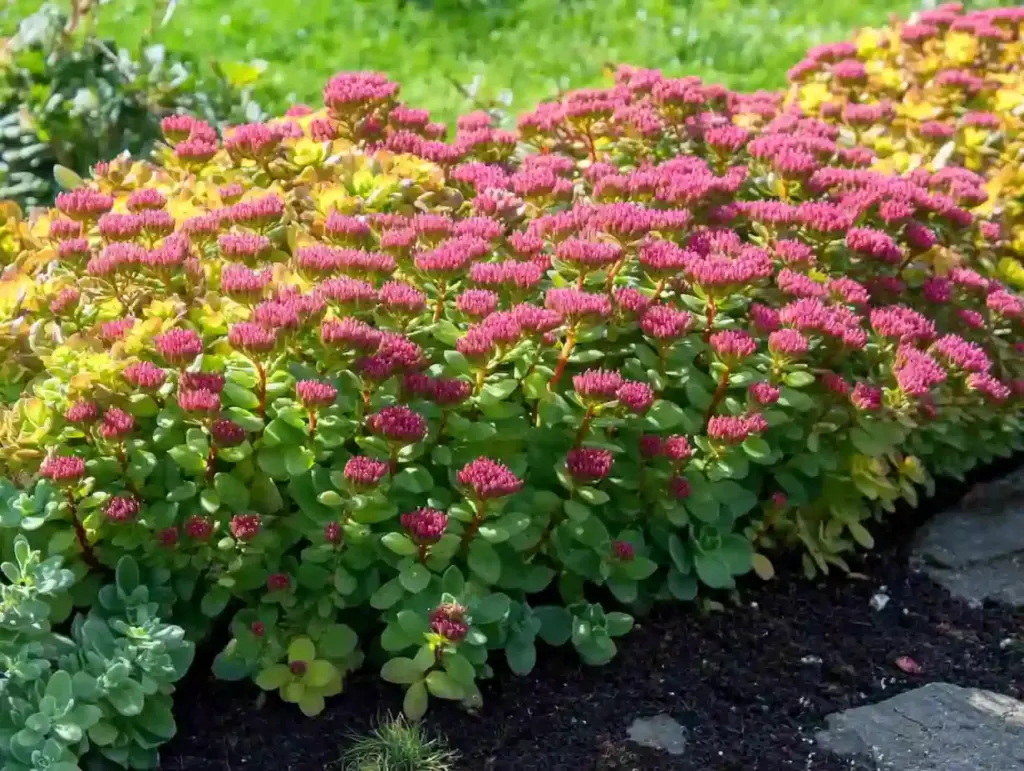
Why You’ll Love It:
Also known as stonecrop, sedum is a succulent that brings structure and late-season blooms. It thrives in tough spots where other plants struggle.
Care Tips:
✂️ Extra: Divide every few years to prevent overcrowding
☀️ Sun: Full sun
💧 Water: Low; stores water in its leaves
🌱 Soil: Sandy, gritty, or rocky soil
Troubleshooting & Seasonal Strategies for Long-Blooming Gardens
Even the hardiest flowers can run into trouble if the conditions aren’t quite right. Here’s how to identify and fix common issues while planning smart for every season.
🐜 Common Problems & Quick Fixes
1. Lack of Blooms
- Cause: Too much nitrogen, not enough sunlight, or overcrowding.
- Fix: Move sun-loving flowers to brighter spots, avoid over-fertilizing, and divide congested clumps.
2. Drooping or Wilting Plants
- Cause: Underwatering, overwatering, or poor drainage.
- Fix: Check soil moisture levels. Amend with compost or grit if drainage is poor.
3. Pests (Aphids, Slugs, Caterpillars)
- Fix: Spray with a mix of water + a few drops of dish soap or neem oil. Encourage natural predators like ladybugs. Use copper tape or crushed eggshells for slugs.
4. Fungal Diseases (Powdery Mildew, Rust)
- Fix: Improve airflow by thinning overcrowded plants. Water at the base, not overhead. Remove and discard affected leaves.
🌿 Organic & Eco-Friendly Solutions
- Neem oil: Effective against many pests and safe for pollinators when used responsibly.
- Companion planting: Add marigolds, nasturtiums, or basil to deter pests naturally.
- Homemade compost tea: Nourishes plants and strengthens resistance to disease.
🌤 Indoor vs. Outdoor Flower Power
Depending on your space and climate, you may want to mix in some container-friendly blooms. Here’s a quick comparison:
| Growing Type | Pros | Cons |
|---|---|---|
| Outdoor Beds | Natural airflow, larger planting space | Weather-dependent, pest exposure |
| Containers / Patio Planters | Easy to move, great for renters or balconies | Need more frequent watering and feeding |
| Indoor Flowers | Year-round color, protected from pests | Limited sunlight, less pollinator activity |
Tip: Geraniums and lavender do beautifully in containers and can be brought indoors when temps drop!
Whether you’re planting in raised beds, front-yard borders, or a sunny balcony pot, long-blooming flowers can adapt beautifully with just a bit of know-how.
Frequently Asked Questions (FAQ)
🌸 Can I grow these long-lasting flowers in containers?
Yes, many of these blooms do great in pots! Geraniums, lavender, coneflowers, and coreopsis are especially container-friendly. Just make sure your pots have drainage holes and use well-draining soil. Container plants may need more frequent watering than those in the ground.
☀️ Which long-blooming flowers tolerate full sun?
Most of the flowers in this guide love full sun. Black-eyed Susans, lavender, coneflowers, and sedum thrive in bright, sunny conditions and even handle heat like champs.
💧 What’s the best watering routine for these flowers?
Water deeply but less often. Let the soil dry slightly between waterings, especially for drought-tolerant plants like lavender, sedum, and coneflower. Early morning is the ideal time to water.
🌿 How do I keep my flowers blooming longer?
- Deadhead regularly: This prevents seed formation and keeps plants focused on blooming.
- Feed with a balanced fertilizer: Especially during peak bloom times.
- Prune when needed: After flowering, a light trim encourages fresh growth.
- Control pests early: Don’t let infestations set your plants back.
🐝 Do these flowers attract pollinators?
Absolutely! Coneflowers, coreopsis, lavender, and black-eyed Susans are magnets for bees, butterflies, and even hummingbirds. A pollinator-friendly garden helps the environment and boosts flower production too.
Final Thoughts
Creating a garden filled with long-lasting flowers is one of the best ways to bring joy, beauty, and life to your outdoor space. Whether you’re looking for low-maintenance color, pollinator appeal, or simply the satisfaction of a thriving flowerbed, these resilient blooms deliver.
By combining tough perennials like coneflowers and sedum with seasonal stars like geraniums and daylilies, you can design a garden that puts on a show from spring through fall — and returns year after year with minimal effort.
So grab your gloves, pick a few of your favorite flowers from this list, and start planting! Your future self (and your local bees 🐝) will thank you.
👉 Have a go-to long-blooming flower that’s not on this list? Share it in the comments or tag your garden photos online. Let’s inspire each other to grow something beautiful.
🌿 Love gardening inspiration? Follow me on Pinterest for bold plant ideas, tips, and seasonal color!
More Posts
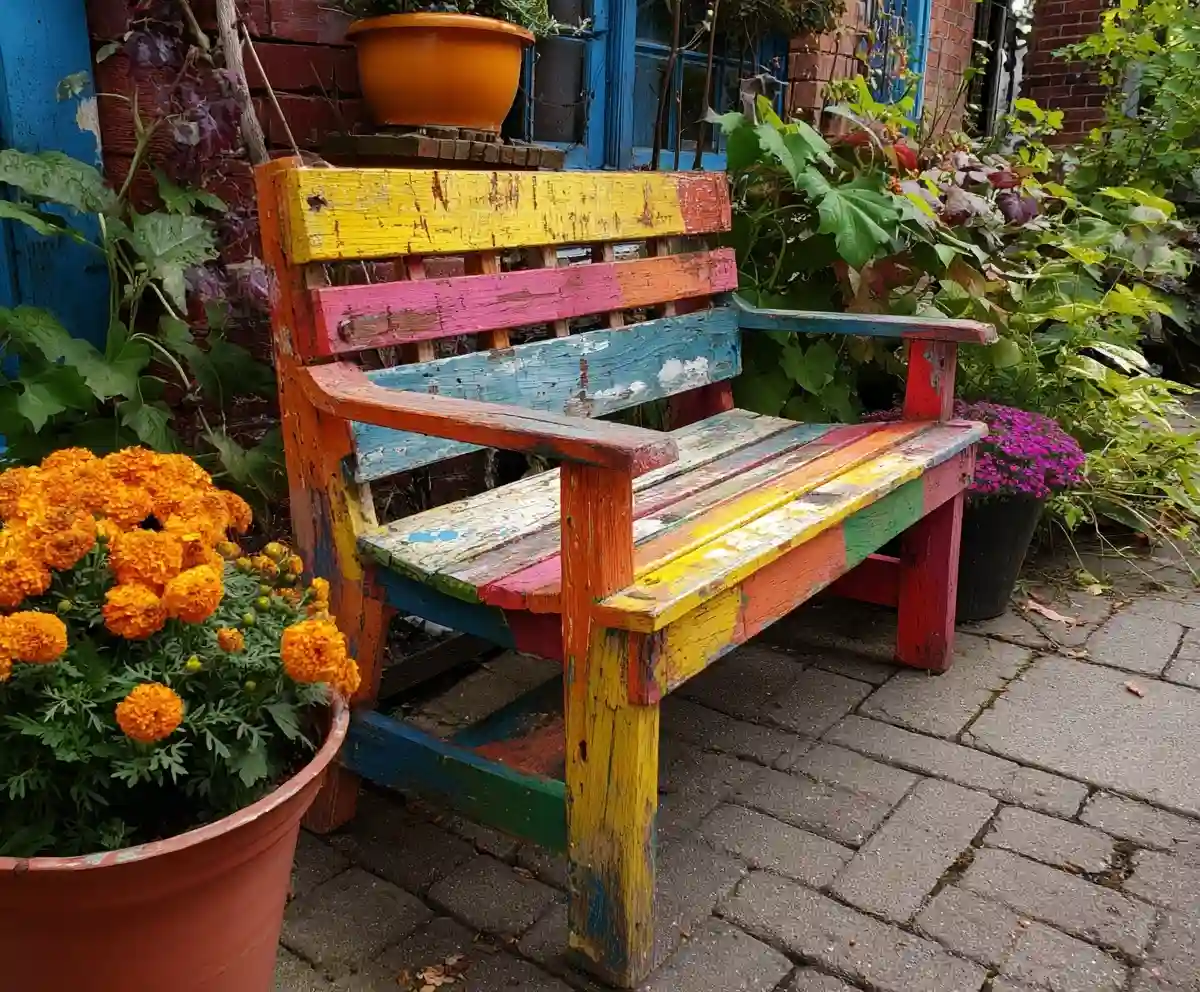
19+ Budget-Friendly Backyard Makeover Ideas
Backyard makeover ideas can turn even the most ordinary outdoor space into a warm, inviting retreat—without draining your wallet.
Read More →
21 Stunning & Simple DIY Clematis Trellis Designs
DIY clematis trellis designs are a beautiful way to blend creativity with function in your garden.
Read More →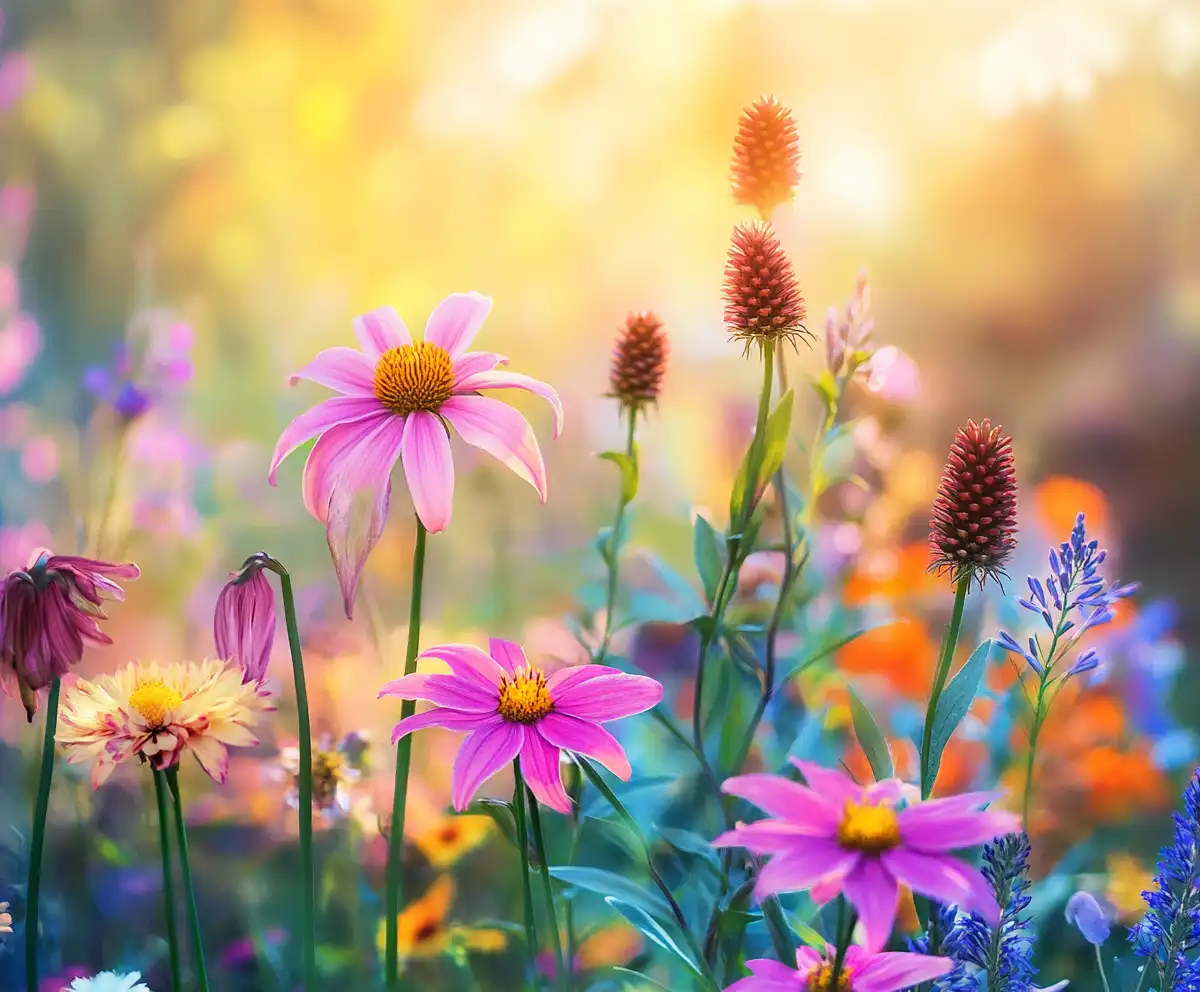
12 Full Sun Perennials That Bloom All Summer
Explore a selection of hardy perennials that flourish and bloom beautifully in full sun throughout the summer.
Read More →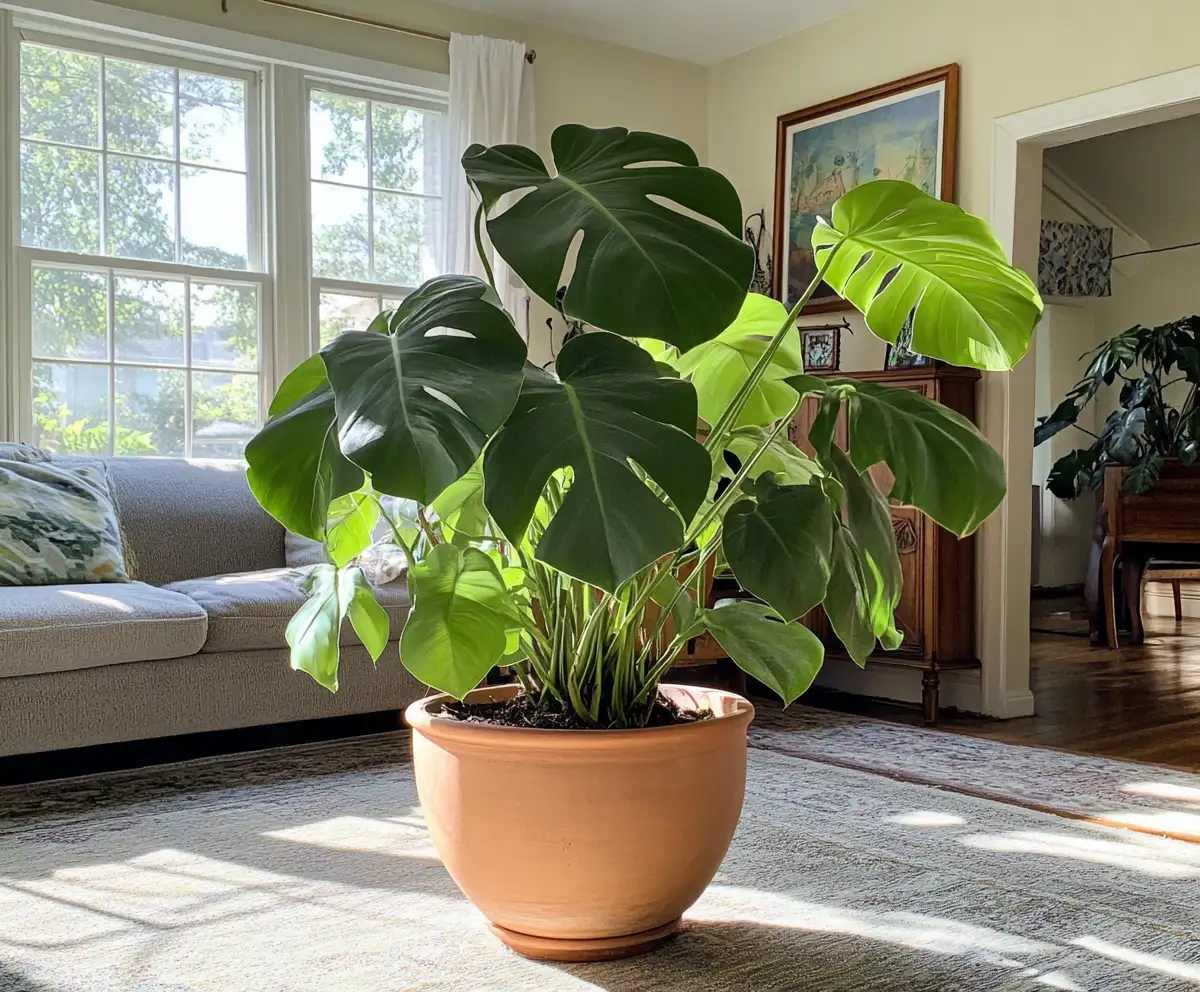
Houseplants for Living Room
Find the perfect houseplants to brighten and purify your living room while adding a touch of nature indoors.
Read More →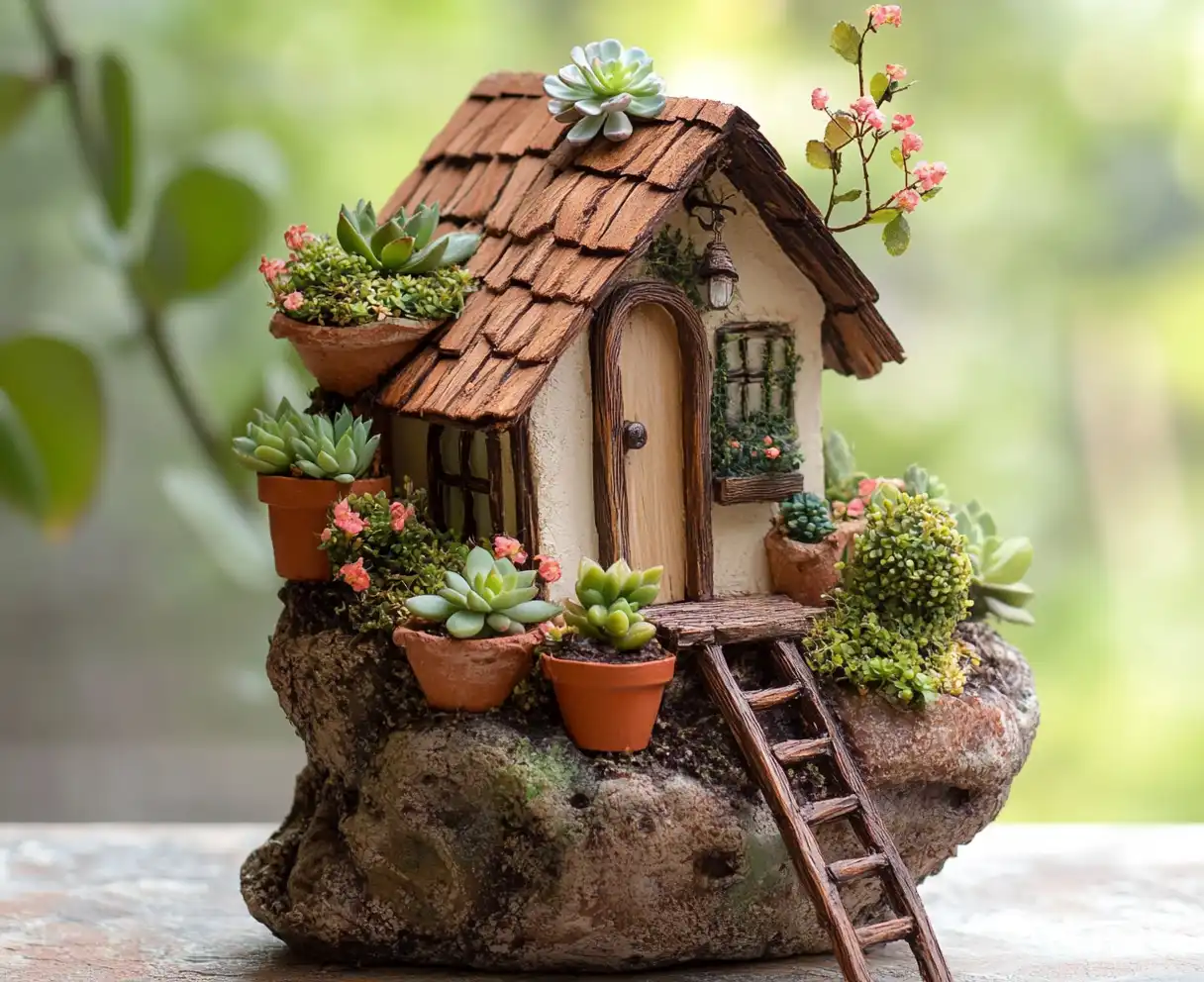
Backyard Play Area for Kids
Create a fun and safe backyard play area for kids with these inspiring design ideas and tips.
Read More →
Top Privacy Trees
Discover top tree varieties that provide natural privacy and enhance your outdoor space.
Read More →

